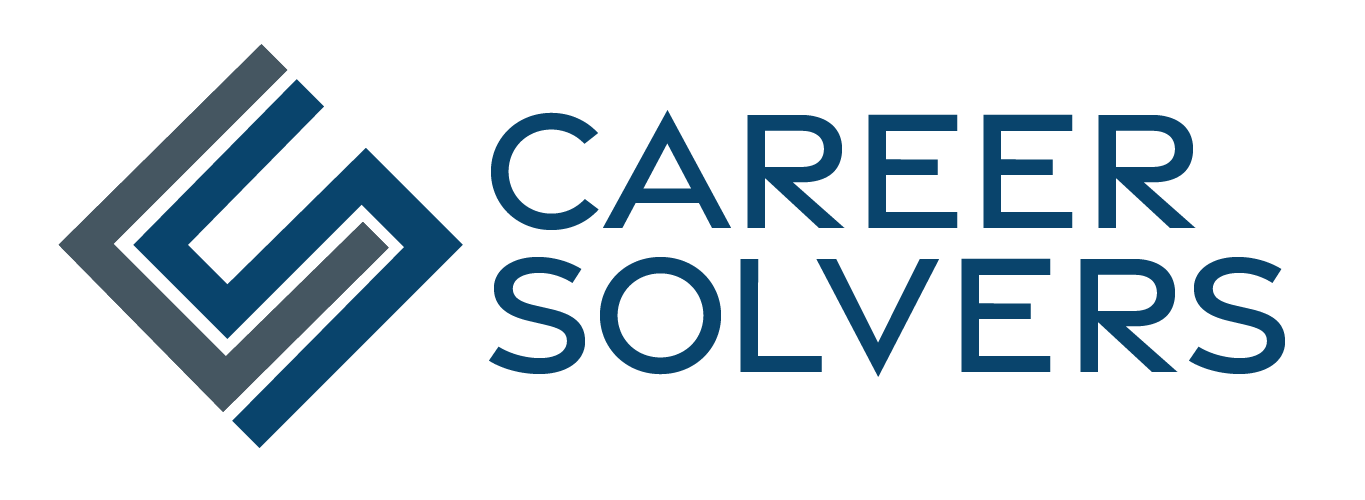 In a recent article published in The New York Times about the importance of maintaining an online identity as a career management and job search strategy, I talked about the value of tools such as LinkedIn for building a digital footprint. Many of my clients are huge fans of LinkedIn and with good reason…the platform allows them to build a professional identity and engage with like-minded colleagues. But as we saw recently, LinkedIn “giveth and it taketh away”; the company has steadily eliminated the number of free features, discontinued the events feature, and plans to remove the answers feature by the end of the month. So while it’s important to be there it is equally important to recognize that LinkedIn makes the rules regarding usage and their terms of service can change at any time. I don’t mean to single out LinkedIn; Facebook has certainly been scrutinized for changing features and in turn derailed some users’ preferred methods of interacting on the site. Many” booed” the mandatory change to timeline and others are unhappy with the privacy implications of Facebook’s social graph search which lets users search across the Facebook database by users’ interests. And I’m sure that as Google+, Twitter, Pinterest, etc. continue to evolve there will be changes in their terms of usage as well.
In a recent article published in The New York Times about the importance of maintaining an online identity as a career management and job search strategy, I talked about the value of tools such as LinkedIn for building a digital footprint. Many of my clients are huge fans of LinkedIn and with good reason…the platform allows them to build a professional identity and engage with like-minded colleagues. But as we saw recently, LinkedIn “giveth and it taketh away”; the company has steadily eliminated the number of free features, discontinued the events feature, and plans to remove the answers feature by the end of the month. So while it’s important to be there it is equally important to recognize that LinkedIn makes the rules regarding usage and their terms of service can change at any time. I don’t mean to single out LinkedIn; Facebook has certainly been scrutinized for changing features and in turn derailed some users’ preferred methods of interacting on the site. Many” booed” the mandatory change to timeline and others are unhappy with the privacy implications of Facebook’s social graph search which lets users search across the Facebook database by users’ interests. And I’m sure that as Google+, Twitter, Pinterest, etc. continue to evolve there will be changes in their terms of usage as well.
The moral of the story here is that we each need to take ownership of our own online identity and social media destiny and build platforms that we ultimately control. This might be a personal website where we share our professional persona or a blog where we engage with others and build a community…but on our own terms. Sites like About.me and Weebly are good places to start if you want to build a web page and WordPress and Typepad allow you to build a hybrid web and blog page. I’m certainly not suggesting that you abandon your social media profiles; I’m simply suggesting that you create alternatives should a platform’s terms of service change and no longer offer value to you.


